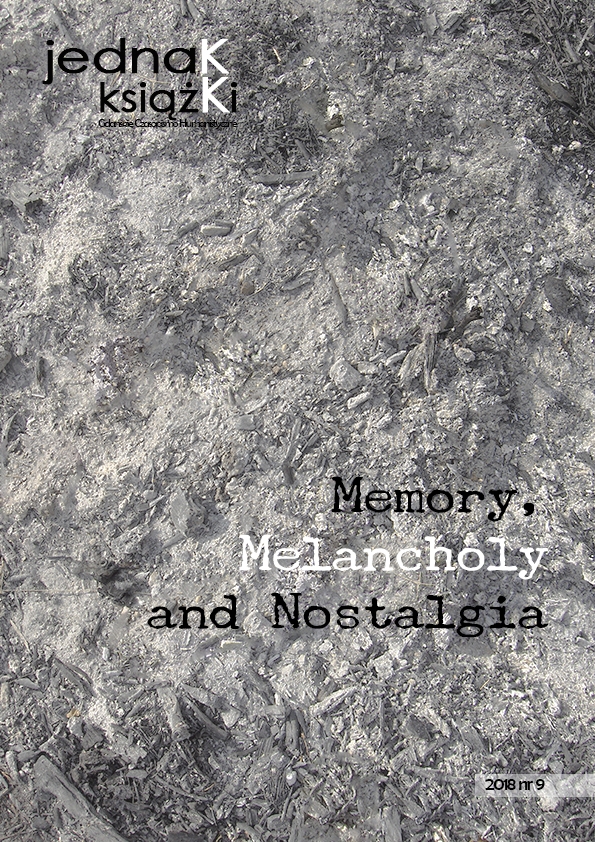Nostalgia against melancholy: artistic corporeal representations of the eternal return as a solution. A comparative approach to the work of Jon Mirande and Balthasar Klossowski
DOI:
https://doi.org/10.26881/jk.2018.9.14Słowa kluczowe:
art, literature, anthropology, ththe myth of the eternal return, memory, melancholy, nostalgiaAbstrakt
This paper focuses on the role that nostalgia and memory play in avoiding the melancholy that the idea of death and passage of concrete real time convey to human beings. While archaic societies found collective responses to the issue and believed in the myth of the eternal return and cyclical time, their modern counterparts started to understand time as linear and, as a consequence, had to find other strategies to abolish concrete real time. By analysing art works from the anthropological and comparative approaches of art criticism, it is contended that art has been an important means to resolve the problem, as some of the corporeal artistic representations of the eternal return created during the 20th century demonstrate.

 Uniwersyteckie Czasopisma Naukowe
Uniwersyteckie Czasopisma Naukowe




